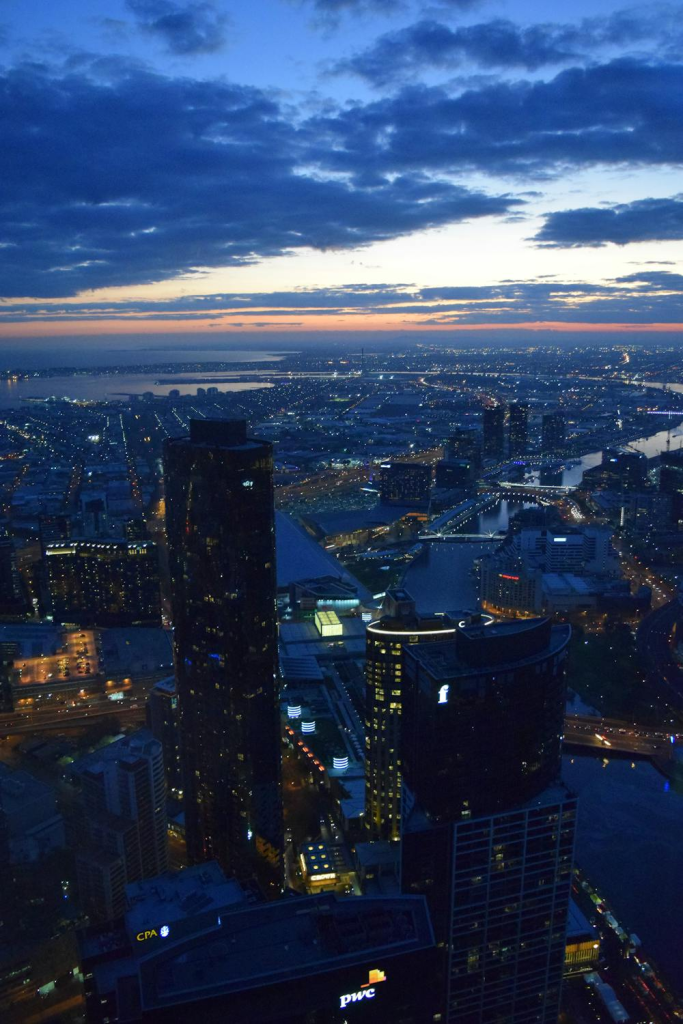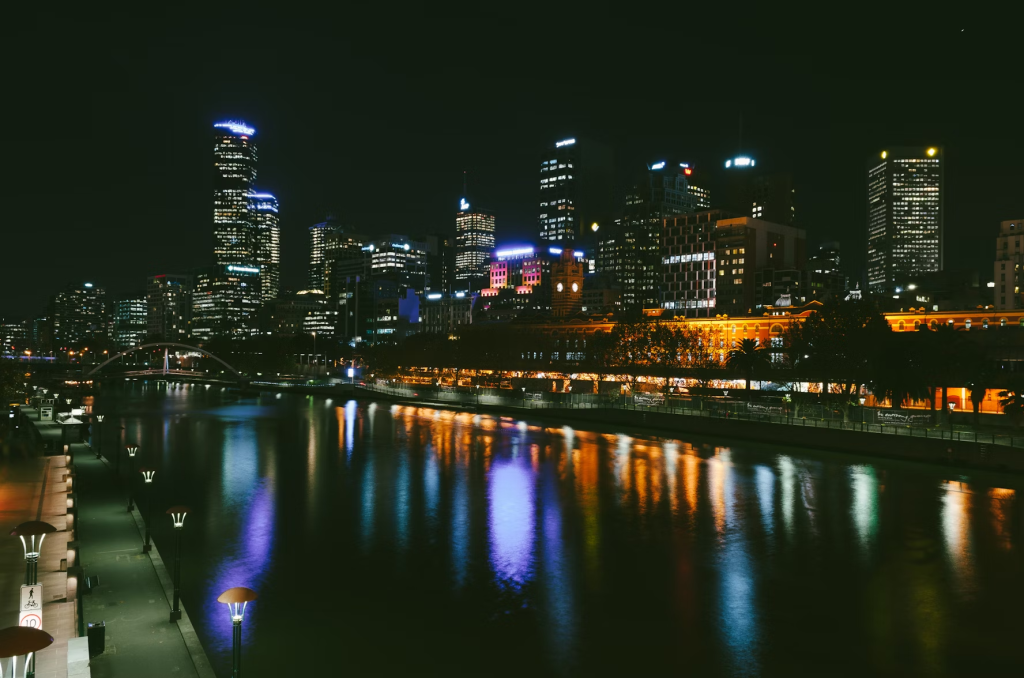Perth, the sun-drenched capital of Western Australia, is known for its stunning beaches, bustling cultural scene, and laid-back lifestyle. But, for adventure enthusiasts, the city offers much more than coastal walks and casual cafes.

Perth has an exciting array of outdoor activities that cater to thrill-seekers, with one of the most popular being ziplining. Ziplines offer an adrenaline-packed way to experience the beauty of the landscape, providing a unique perspective of the city’s natural surroundings.
Among the several ziplining options in and around Perth, the Matagarup Zip+Climb is perhaps the most iconic.
This zipline is not just a thrilling ride—it is a journey that lets you soar above the city and take in breathtaking views of the Swan River, Optus Stadium, and the Perth skyline.
In this article, we will explore the details of the zip lining perth, including its length, what you can expect during the experience, and other adventure activities to try in the area.
How long is the Perth zipline?
The Matagarup Zipline in Perth is one of the longest and most exhilarating ziplines in Australia. It stretches a total of 400 meters, starting from the top of the Matagarup Bridge, a towering architectural marvel that spans the Swan River.
The zipline offers riders the chance to experience speeds of up to 75 km/h (47 mph) as they glide above the river and land near the iconic Optus Stadium.
The 400-meter length provides ample time to take in the scenic beauty of the city from a completely new perspective.
While the duration of the zipline ride itself may only last a minute or two, the memory of zooming through the air at thrilling speeds will stick with you long after you’ve landed.
Not only is the length impressive, but the Matagarup Zipline experience is also unique because it starts from the bridge’s apex, which is 72 meters above the water.
The combination of height and length creates a thrilling descent that attracts locals and tourists alike.
Whether you are a first-timer or a seasoned zipline enthusiast, the 400-meter ride over Perth’s landscape offers an unforgettable adventure.
What To Expect During The Matagarup Zipline Experience?
When embarking on the Matagarup Zipline, the adventure begins long before you take that exhilarating leap off the bridge.
The entire experience is designed to get your adrenaline pumping, starting with the climb to the top of Matagarup Bridge.
Yes, you read that right—before you zip down the 400 meters of line, you first need to conquer the bridge itself.
Participants are required to undertake the Matagarup Bridge Climb, which is a heart-pounding adventure in its own right.
Guided by trained instructors, you will climb over 300 steps to reach the apex of the bridge. The climb is designed to challenge your physical stamina, but the payoff is well worth the effort.
Along the way, you’ll be treated to panoramic views of Perth and the Swan River, making the journey to the top an experience to savour.
Once you reach the top of the bridge, you’ll get a chance to catch your breath and take in the views before the real adventure begins.
You’ll be securely strapped into the zipline harness by experienced instructors who ensure your safety at every step.
The harness is comfortable, and riders are given a thorough safety briefing before being launched off the platform.
As you take off from the platform, you’ll experience a rush of wind and adrenaline as you soar at incredible speeds.
For some, the height and speed can be a bit daunting at first, but after the initial launch, most riders find the experience to be a mix of excitement and awe.
The feeling of flying over the Swan River, with the city skyline as your backdrop, is an unforgettable moment that defines the Matagarup Zipline.
The ride ends near Optus Stadium, and once you’re back on the ground, you’ll have the option to purchase photos or videos of your adventure.
The entire experience, from the bridge climb to the zipline, typically lasts around 90 minutes, making it a great half-day activity for anyone looking for a thrill in the heart of Perth.
Other Adventure Activities In Perth
Perth may be famous for its beaches and laid-back vibe, but it also offers a variety of adventure sports and outdoor activities for those seeking an adrenaline rush.
Here are a few more adventure options to explore if ziplining isn’t enough to satisfy your craving for excitement.
Abseiling and Rock Climbing at Statham’s Quarry
- Just a short drive from Perth, Statham’s Quarry offers a perfect setting for rock climbing and abseiling enthusiasts. The towering cliffs of the quarry provide the ideal playground for beginners and experienced climbers alike. With stunning views over the Swan Coastal Plain, the challenge of scaling the rocky faces or rappelling down the cliffs is an adventure you won’t want to miss.
Skydiving Over Rottnest Island
- For those who want to take their adventure to new heights, skydiving over Rottnest Island is the ultimate adrenaline-packed experience. Jumping out of a plane at 15,000 feet above this picturesque island is an unforgettable way to view the turquoise waters and sandy beaches below. Skydiving operators in Perth offer tandem jumps, so even if you’re a first-timer, you’ll be in safe hands as you take the plunge and freefall through the skies.
Swan River Kayaking and SUP
- If you’re looking for an adventure that’s a little more grounded but still offers plenty of excitement, kayaking or stand-up paddleboarding (SUP) on the Swan River is a great choice. Paddle through the calm waters of the river, taking in the sights of the city’s skyline, the surrounding parks, and even local wildlife. It’s a more relaxed way to explore Perth’s natural beauty but still offers plenty of fun and exercise.
Safety Tips For Ziplining And Adventure Sports
While adventure sports like ziplining are designed to be thrilling, it’s essential to keep safety in mind at all times.
Here are some key safety tips to ensure that your experience is not only fun but also secure:
- Listen to the Instructors: Before any zipline ride or adventure activity, you’ll be given a safety briefing. Pay close attention to the instructions provided by your guides, and don’t hesitate to ask questions if you’re unsure about anything.
- Check Your Gear: Whether it’s a harness for ziplining or a helmet for rock climbing, your gear is crucial to your safety. Make sure that everything fits properly and is securely fastened before starting your adventure.
- Know Your Limits: Adventure activities can be physically demanding. If you’re unsure whether you’re fit enough for a climb or a high-speed zipline ride, consult with the instructors or seek advice from your doctor beforehand.
- Stay Hydrated: Especially in Perth’s warm climate, it’s easy to become dehydrated during outdoor activities. Make sure to drink plenty of water and wear sunscreen to protect yourself from the sun.
Conclusion
Ziplining in Perth offers an unparalleled combination of thrill and natural beauty. The 400-meter Matagarup Zipline is not only a breathtaking experience but also a testament to the city’s adventurous spirit.
From the heart-pounding climb up Matagarup Bridge to the exhilarating descent above the Swan River, the zipline is a must-try for anyone visiting Perth.
For those looking to extend their adventure, Perth is home to an array of exciting outdoor activities, from rock climbing at Statham’s Quarry to skydiving over Rottnest Island.
No matter what your adrenaline level is, there’s an adventure waiting for you in Perth’s great outdoors. So, gear up, get ready, and take the plunge—your next adventure is waiting!




